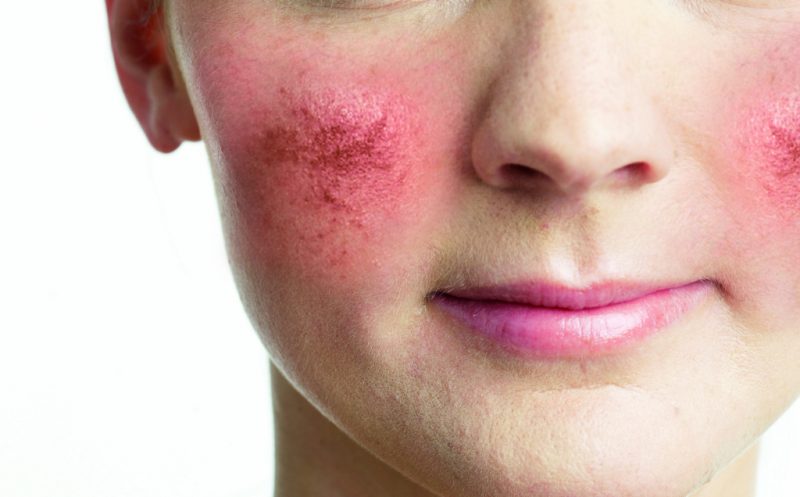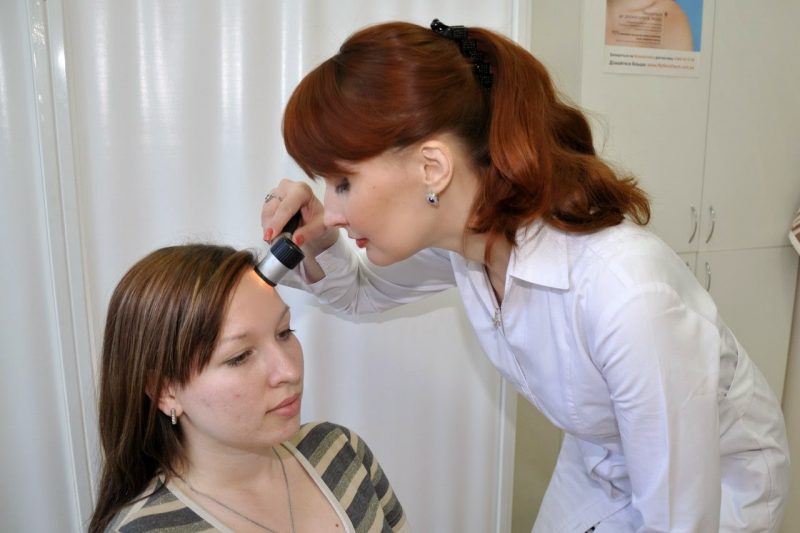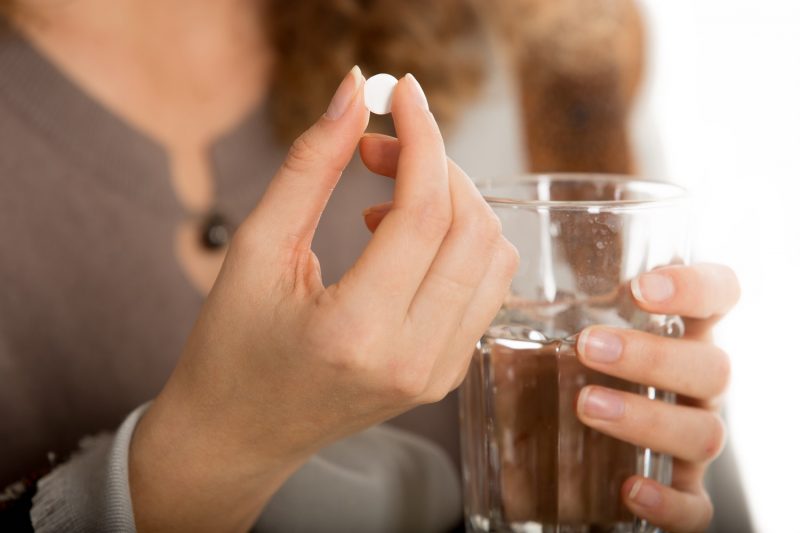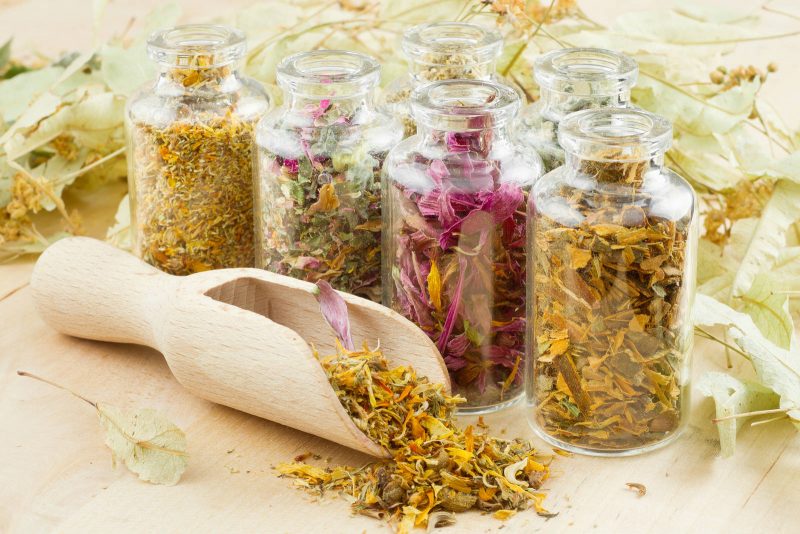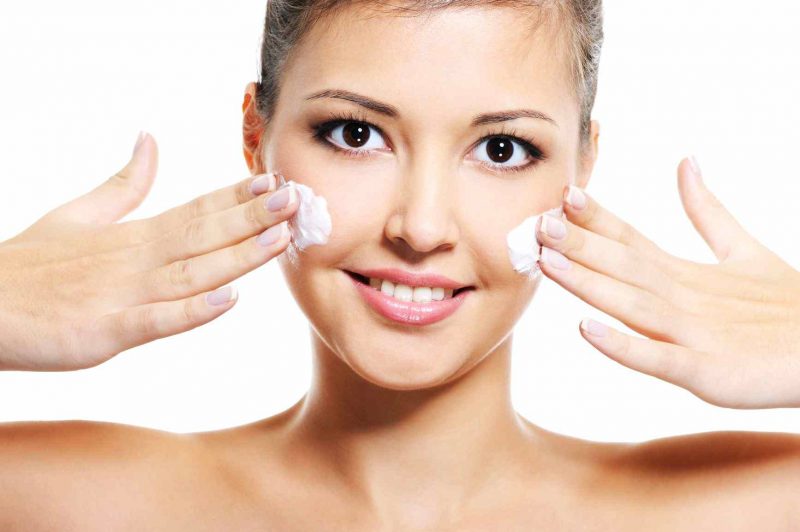Redness and abscesses arising on the forehead, cheeks and chin due to the development of rosacea are the main culprits of the appearance of complexes relative to their own appearance. Such defects, or as they are also called rosacea, cause a lot of trouble in the fight for perfect skin. In order for the treatment of rosacea on the face to succeed, it is necessary to approach the solution of the problem in a comprehensive manner, affecting both the external manifestations of the ailment and the main causes of the disease.
Material Content:
Causes of facial skin disease
Until now, there is no unequivocal opinion among experts as to which particular factors provoke the onset of the disease. Among the main causes of rosacea, two theories are recognized as the most reliable: on the one hand, this ailment is characterized by increased vulnerability of blood vessels to such external stimuli as temperature changes, ultraviolet rays or atmospheric pollution, and on the other hand, the disease can occur as a result of the genetic characteristics of the body.
Note: according to statistics, rosacea is usually found in owners of very light sensitive skin, prone to the formation of allergic reactions.
Until recently, the possibility was not excluded that the subcutaneous tick demodecosis acts as the main causative agent of rosacea.This microorganism lives in the sebaceous glands even in healthy people, however, under the influence of conditionally pathogenic microflora, it begins to multiply, subsequently causing serious dermatological diseases.
Over time, it was found that often in people suffering from rosacea, the quantitative indicator of a subcutaneous tick is within normal limits. And, therefore, the opinion regarding the involvement of the microorganism in the occurrence of rosacea is not reliable. Also, the appearance of characteristic signs in the form of redness, tubercles and pustules on the face is caused by disorders of the gastrointestinal tract. There are frequent cases when such a dermatological disease of the skin of the face is observed in patients with gastritis.
Symptoms and signs of rosacea on the face
Usually the main center of localization of the symptoms of the disease are the cheeks and the area of the T-zone. On the body, as a rule, no visible lesions of the skin are observed. There are frequent cases when rosacea is accompanied by excessive production of sebum.
Among the main symptoms, the following are distinguished:
- Persistent redness of the epidermis. These signs cover the cheeks, forehead, nose and chin. Occasionally, the disease can spread around the back and chest.
- Inflammation. Observed in places of redness of the dermis. In the initial stages, small subcutaneous tubercles appear, which eventually transform into a serious acne.
- Seals of affected skin. This symptom is characteristic of the later stages of the disease.
- Pronounced spider veins. Appear due to the weakening and fragility of blood vessels.
- Rinofima. Benign disease of the nose, accompanied by excessive growth of the surface layers of the epithelium. It is usually diagnosed in men whose age exceeds 40-50 years.
- Irritation of the ocular mucosa and eyelids. Rosacea is complicated by the fact that at later stages ophthalmic disorders appear. Among the characteristic signs, dryness of the ocular mucosa, redness of the skin around the eyes, and swelling of the eyelids are distinguished.
- Other signs. In addition to the above symptoms, uncomfortable burning and itching of the inflamed areas, as well as hypersensitivity of the skin are observed.
Diagnostics
External manifestations characteristic of the disease allow the specialist to determine the patient’s diagnosis without any special difficulties. Moreover, in the process of diagnosis, the doctor does not exclude the presence of other dermatological diseases, which are characterized by similar symptoms. Among them, rosacea, folliculitis, an allergic reaction to sunlight, and others are distinguished. For a more accurate diagnosis, a dermatologist uses additional laboratory research methods.
- Video dermatoscopy - A non-invasive method for diagnosing skin diseases, due to which it is possible to study the structure of the skin in more detail, as well as to identify any changes in the dermis at the initial stages of the development of pathologies.
- Microscopic examination of scraping. Used to detect harmful microorganisms, including the subcutaneous demodex tick.
- Back sowing from the skin. Based on the data obtained, the main culprit in the appearance of rosacea is determined.
- Histological examination. Laboratory method for the study of malignant and benign neoplasms. Allows you to study the structure of the epidermis at the cellular level for a more accurate diagnosis of the disease.
In cases of the development of an ailment against the background of diseases of the digestive system, an additional examination of the gastrointestinal tract is carried out by a gastroenterologist.
An effective treatment for rosacea
If at the initial stages the treatment of the disease is quite simple and does not require radical measures, then in more advanced cases it is much more difficult to treat rosacea on the face.A comprehensive treatment system should eliminate the negative effects of external factors that provoke inflammation, as well as increase the protective functions of the skin and blood vessels.
Rosacea medications
Drug therapy includes the use of both ointments and topical gels, and oral medications.
This approach to treatment allows you to achieve the following improvements:
- visible signs of the disease in the form of redness and swelling are reduced;
- eliminates the risk of re-exacerbation;
- the chronic form goes into a state of prolonged remission.
The most effective in the treatment of rosacea are drugs based on doxycycline. This semi-synthetic antibiotic is characterized by a wide spectrum of action. It is active against most pathogenic microorganisms of coccal etiology, eliminates itching, swelling, and also has powerful bactericidal, antihistamine, and anti-inflammatory properties.
Among the drugs for local use are:
- gel metronidazole for external use;
- azelaic acid;
- sulfacetamide sodium and sulfur.
At the same time, dermatologists strongly do not recommend the use of hormonal medicines, in particular corticosteroids, which can lead to focal atrophy of the skin as a medical treatment for a long time.
Alternative methods of treatment
Time-tested folk remedies in the fight against rosacea cope no worse, and sometimes even better than expensive drugs. Herbal decoctions with pronounced antiseptic and soothing effects demonstrate a beneficial effect on inflamed skin. However, you should be especially careful here. In no case should you treat the skin with hot infusion. People with weak vessels and a tendency to rosacea decoctions should be used exclusively in a cooled form.
The following recipes have a sustainable therapeutic effect:
- Chamomile decoction. For 1 liter of water, it is enough to use 3 tbsp. dry inflorescences of a pharmaceutical camomile. It is necessary to fill the plant with boiling water and let the broth infuse for an hour. Next, in a cooled infusion, a towel is moistened, which is applied to the face in the form of a compress. After 3 hours, the lotion is removed, and the treated skin areas are smeared with cream.
- A decoction based on a sequence. 1 tbsp. l herbs are poured with three glasses of boiling water. The infused mixture at room temperature is filtered, and then a towel or gauze is moistened in the resulting liquid. Ready lotion is kept on the face for 30 minutes.
Cosmetic procedures
- Combined peels. For some, this approach to treatment may seem strange, because the main task of peeling is to remove the surface layer of the epidermis, as a result of which the blood flow in the cells increases, and the sensitivity of the skin increases. Patients suffering from rosacea, it would seem, should avoid such manipulations. However, in this case, not aggressive acid-based formulations are used, but combined peeling serums that have a mild effect on damaged areas. These procedures normalize microcirculation, promote intensive regeneration and restore the protective functions of the skin.
- Phototherapy. Among the most effective methods, experts distinguish rosacea laser treatment. Powerful light radiation penetrates deep into the skin structure, blocking the multiplication of pathogenic microorganisms. This result is achieved due to the high temperature of the waves emitted by the drug, which have a bactericidal, sterilizing and regenerating effect. As a result, damaged areas of the dermis are smoothed, swelling is removed, and the overall tone of the face is leveled.
Diet and lifestyle changes
The chronic form of the disease is characterized by the presence of relapses, so patients should adhere to a certain lifestyle in order to avoid subsequent possible complications. Firstly, the patient must completely exclude products from his diet that provoke the outflow of blood in the walls of blood vessels. It is forbidden to eat spicy dishes, various spices, citrus and spirits. You should also abandon meat and seafood.
The daily diet should include the following foods:
- vegetables (cucumbers, asparagus, broccoli, cabbage, celery and other herbs);
- fruits (mangoes, peaches, grapes);
- goat cheese;
- fish
- mild spices (basil, cilantro, thyme, fennel).
Read also:cilantro: benefit and harm
Secondly, it is not recommended for patients with rosacea to expose the skin to significant temperature differences. Campaigns in baths, saunas, as well as prolonged exposure to the sun or frost worsen the course of the disease and contribute to the appearance of the vascular net.
Prevention of ailment
The risk of complications cannot be completely ruled out, but with a competent approach, it is possible to minimize the likelihood of relapses.
It is enough to adhere to the recommendations below:
- Do not abuse sunbathing. In case of prolonged exposure to the sun, you should protect your skin with a special product with an spf factor of at least 30.
- In the cold season, use intensive nourishing creams that will prevent dehydration of the dermis.
- Have a routine examination with a gastroenterologist to prevent the development of diseases of the gastrointestinal tract.
- Finally, pay particular attention to the selection of suitable cosmetics. Remember that the composition of the products should not contain parabens, perfumes and preservatives, which are the main culprits of the appearance of an allergic reaction.


